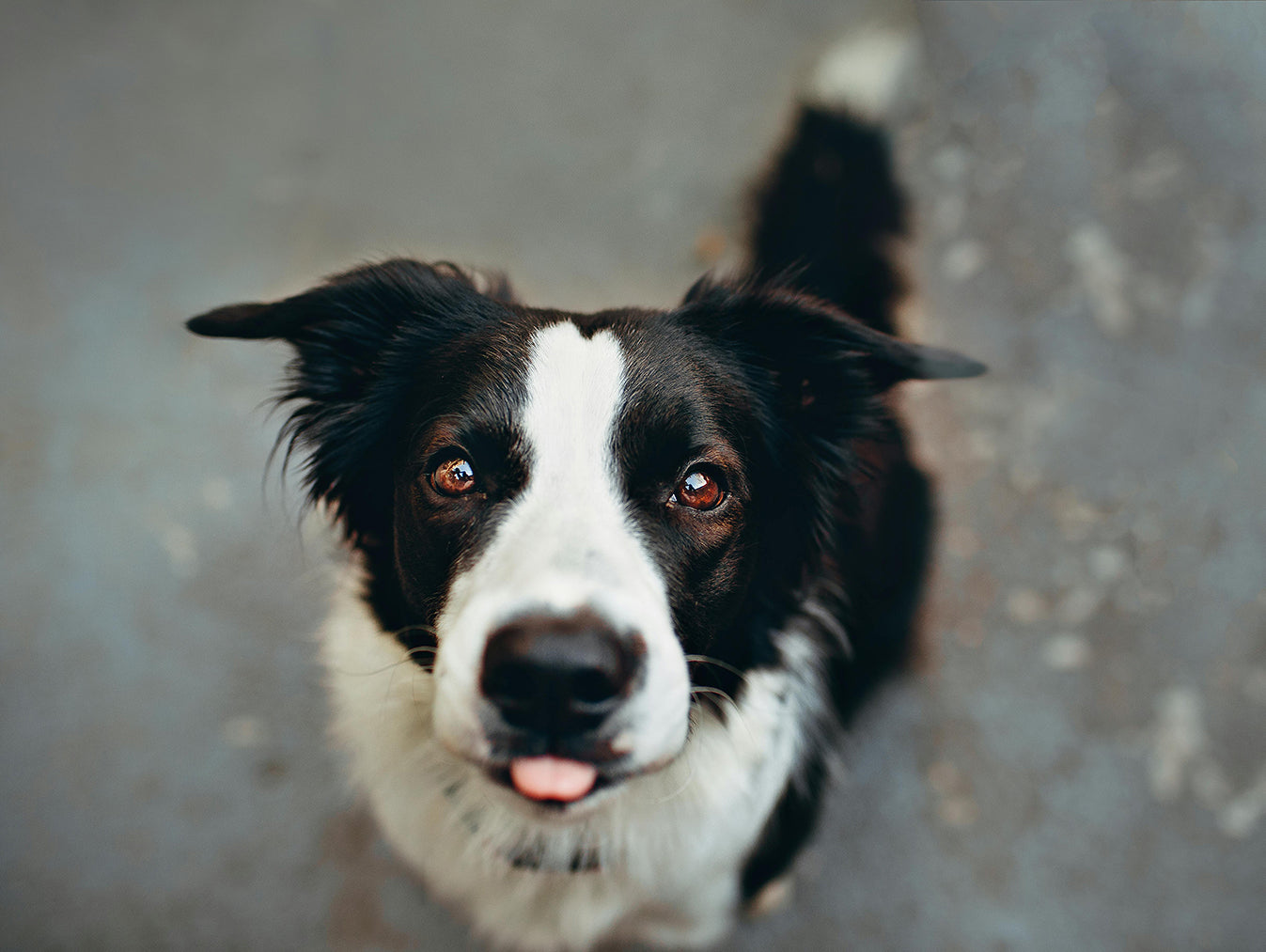Adapting your dog to a new environment or new things requires patience, care and gradual guidance. Here are some suggestions to help your dog better adapt to a new environment or new things:

Preparation Stage
Bring familiar items: When relocating or taking your dog to a new environment, bring items that your dog is familiar with, such as kennels, blankets, toys, etc., so that they can feel some of the breath and warmth of home in their new environment and reduce their uneasiness.
Fixed living space: Provide a quiet, safe and comfortable resting space for your dog so that they have a place to retreat and relax. If the place at home is not big, you can first arrange for the dog to be in a corner in the living room and prepare food and water, as well as toys.
Gradual guidance
Gradual introduction to the new environment: Instead of exposing your dog to all new things at once, gradually guide them to explore the new environment according to their rhythm and interests. You can start by letting them move around in a small, enclosed area and then gradually expand the territory.
Maintain sufficient attention and companionship: In a new environment, give your dog more attention and companionship to comfort their uneasiness and gradually build up a sense of security in the new environment.
Correct guidance and training: Dogs need to be re-trained in new environments, especially how to go to the toilet and correct behavior. Owners should guide and train them in time so that they recognize the rules and their own behavioral standards in the new environment.
Establishing a Stable Routine
Establish a daily routine: Establish a stable daily routine for your dog, including a schedule for feeding, walking, playing and resting. This allows them to feel secure and organized, reducing anxiety and restlessness.
Provide Positive Reinforcement: Give your dog plenty of positive reinforcement such as snacks, praise, petting and other forms of reward as they adjust to their new environment. This can increase their confidence and goodwill towards the new environment, and enhance the feelings and trust between them and their owners.
To deal with special circumstances
Gastrointestinal discomfort: just to the unfamiliar environment, the dog may be nervous and gastrointestinal discomfort, such as diarrhea. At this time, you should feed your dog the food it is accustomed to eating to alleviate its uneasiness, and carefully observe whether the eating situation is normal.
Abnormal excitement: the dog just came to the new environment may be abnormally excited, at this time the owner should try to keep the dog calm, do not let too many strangers to visit, so as not to affect the dog's mood.
Precautions
Patience: Dogs, like people, need a break-in period to adapt to the new environment. Owners need to remain patient and not force their dogs to do anything they don't like.
Gradually increase the range of activities: Don't let the dog leave the new home or living environment too often at the initial stage, when the dog gradually adapts to the new environment, you can gradually increase its range of activities.
Careful observation: In the process of adapting the dog to the new environment, the owner needs to carefully observe the dog's behavior and emotional changes, timely detection of problems and take measures to solve them.
Through the gradual implementation of the above steps, the dog will be able to better adapt to the new environment or new things, establish a closer relationship with the owner and enjoy life in the new environment.




Leave a comment
All comments are moderated before being published.
This site is protected by hCaptcha and the hCaptcha Privacy Policy and Terms of Service apply.